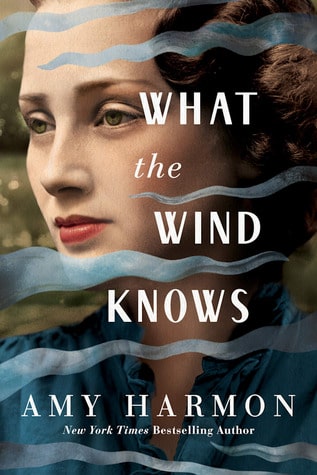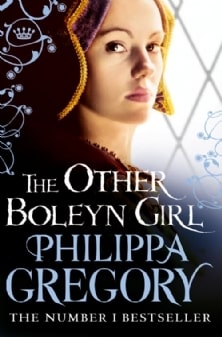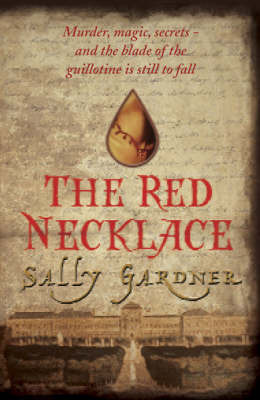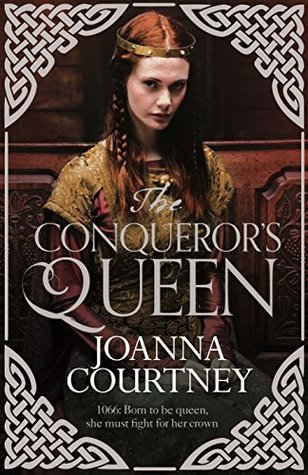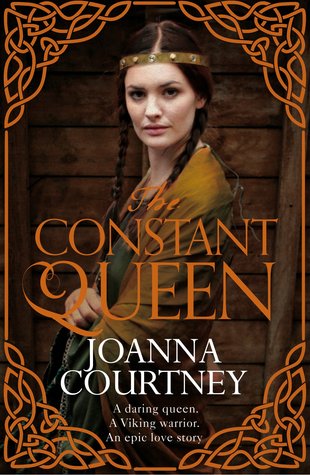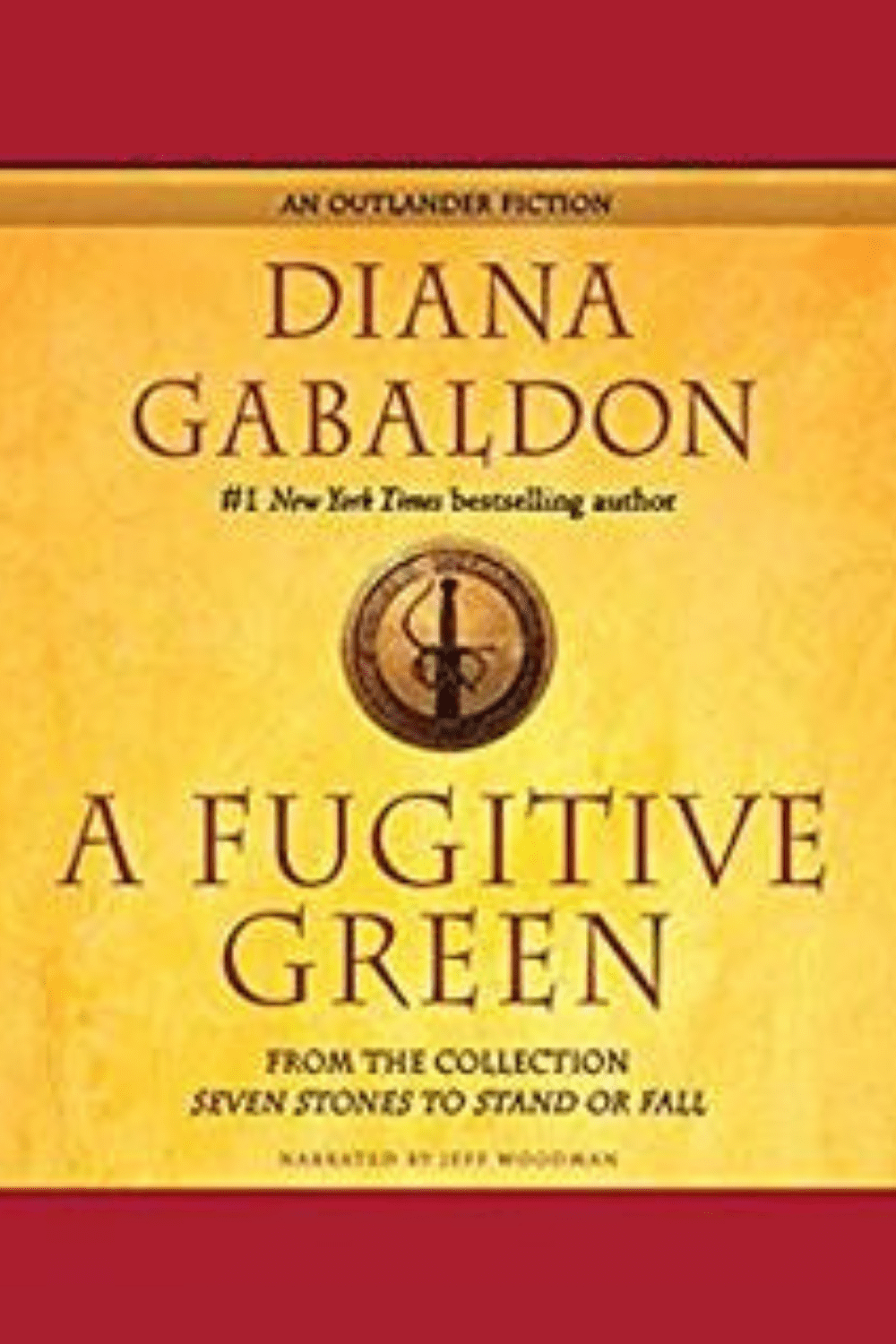
Book review of A Fugitive Green, an historical novella by Diana Gabaldon, author of the Outlander books.

This post may contain affiliate links, which means I may receive a commission, at no extra cost to you, if you make a purchase through a link. Please see our full disclosure for further information.
Synopsis
This novella tells the story of how Lord John’s brother, Hal (the Duke of Pardloe), met his wife. Minnie is sent by her father to London, ostensibly to search for a husband, but really to obtain information. While there, she takes the opportunity to find out what happened to her mother.
Hal is struggling with grief over the death of his first wife, Esme. At the same time, he is facing a possible court martial over the duel he fought with Esme’s lover, Nathaniel Twelvetrees (the result of which was that worthy’s death), while trying to rebuild his father’s regiment.
Two men approach Minnie, wanting her to get hold of letters exchanged between Esme and her lover. Harry Quarry is a friend of Hal’s and wishes to prove that Hal had good reason to fight and kill Nathaniel. Edward Twelvetrees, Nathaniel’s brother, wants to destroy all evidence of an affair so that Hal will be convicted of murder and his regiment will be destroyed for good.
Review
A Fugitive Green is full of action and thought. A lot of things happen in a short space. There is one scene with overly detailed descriptions of various plants, but it is the exception in this particular book.
In Diana Gabaldon’s ‘big books,’ Hal isn’t a super loveable character. He’s honourable, loyal, and loves his family, but he doesn’t inspire any great emotion. A Fugitive Green gave me a greater appreciation for Hal and I really felt sympathetic towards him.
‘He turned away and, chilled, made his way by instinct toward the fire. He’d felt as though he were moving through cold honey ever since he’d forced himself out of bed, and now he collapsed joint by joint into his father’s chair.
‘His father’s chair. Blast. He closed his eyes, trying to summon the will to stand up and move. The leather was cold and stiff under his fingers, under his legs, hard against his back. He could feel the fire, a few feet away in its hearth, but the heat didn’t reach him.’
It took me a while to get used to Harry Quarry as a nice 21-year-old rather than a lecherous middle-aged man. Harry appears multiple times through the Lord John stories, but almost always writing lewd poetry or eating/drinking excessively or ‘admiring’ some woman. Here, he’s young, handsome, and acting nobly.
Minnie was such an enjoyable character to read about. She’s independent, spirited, and sassy. I liked how most of A Fugitive Green was told from Minnie’s point of view; it helped me to get to know her and her background. Afterall, we already know Hal’s backstory from the Lord John books, but not Minnie’s.
While Minnie’s search for her mother was touching, the story she eventually uncovered about her conception and birth was disturbing. Seriously, a nun who’s so clueless and distressed over having a child that she goes insane? Sick! However, Minnie’s relationship with her father was adorable.
Conclusion
Have you read A Fugitive Green? What did you think? Do you agree with what I’ve said about it? Let me know in the comments.
If you haven’t, it is found in the collection Seven Stones to Stand or Fall.


